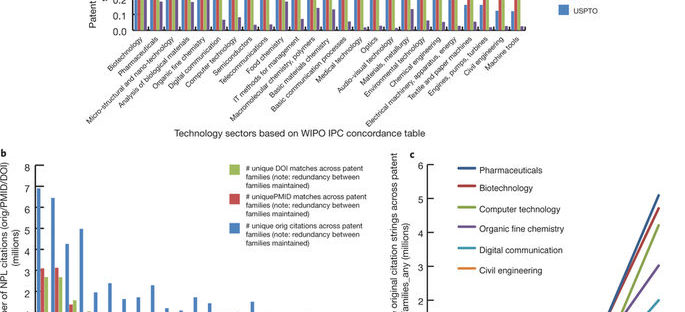Authors: Juan Pablo Alperin, Gustavo E. Fischman, Erin C. McKiernan, Carol Muñoz Nieves, Meredith T. Niles, Lesley Schimanski
Summary: The authors examine tenure and promotions requirements documents from 129 North American universities looking for evidence of interest in engagement, open access and other community/public focussed activities. Relatively little is found and the the word ‘community’ is often co-located with words dealing with professional and academic service suggesting an inward looking focus. Also interesting from its perspective on textual analysis as a tool for analysis.
Abstract: Much of the work of universities, even private institutions, has significant public dimensions. Faculty work in particular is often funded by public funds, is aimed at serving the public good, and is subject to public evaluation. To understand how the public dimensions of faculty work are valued, we analyzed review, tenure and promotion documents from a representative sample of 129 Canadian and American universities. We found terms and concepts related to public and community are mentioned in a large portion of documents, but mostly in ways that relate to service—an undervalued aspect of academic careers. Moreover, we find significant mentions of traditional research outputs and citation-based metrics. Such outputs and metrics reward faculty work targeted to academics, and mostly disregard the public dimensions. We conclude that institutions that want to live up to their public mission need to work towards systemic change in how faculty work is assessed and incentivized.
Alperin, J.P., Muñoz Nieves, C., Schimanski, L., Fischman, G.E., Niles, M.T. & McKiernan, E.C. (2018). How significant are the public dimensions of faculty work in review, promotion, and tenure documents? Humanities Commons [preprint]. https://doi.org/10.17613/M6W950N35
